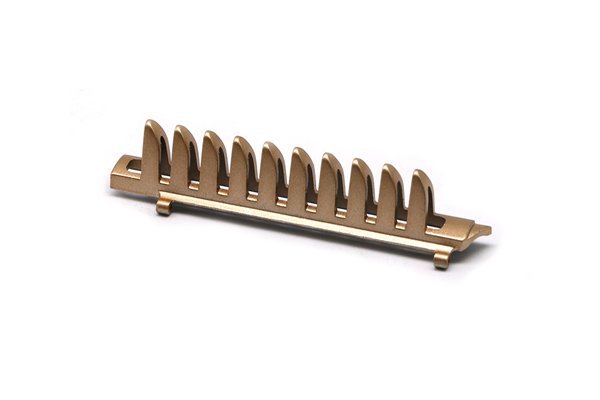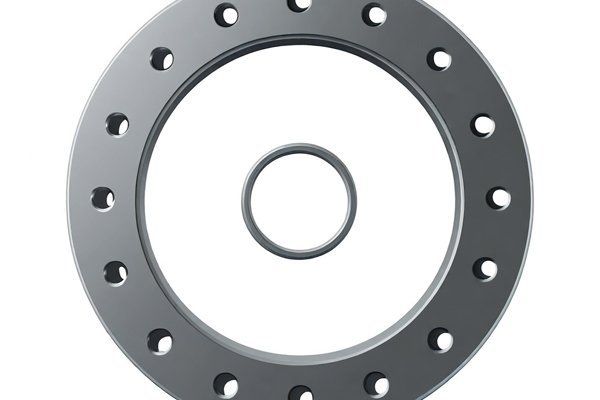Did you know that the speed at which you turn a CNC machine can drastically impact the quality of the final product and the efficiency of the machining process? In the world of CNC (Computer Numerical Control) machining, understanding the right turning speeds for different materials is not just a matter of convenience; it can mean the difference between a flawless finish and wasted resources.
With the increasing demand for precision and quality in manufacturing, having a detailed grasp of CNC turning speeds is crucial for engineers, machinists, and manufacturers. This guide aims to unravel the complexities of CNC turning speeds across various materials, providing you with the knowledge and techniques necessary to optimize your machining processes.
—
What is CNC Turning?
CNC turning is a subtractive manufacturing process where a rotating workpiece is shaped by a cutting tool that moves linearly against it. This method is widely used in producing cylindrical parts such as shafts, bushings, and fittings, making it integral to various industries, including automotive, aerospace, and medical.
Importance of Turning Speeds
Turning speed plays a vital role in the cutting process. It determines how quickly the tool removes material and affects factors like tool wear, surface finish, and production efficiency. Finding the optimal speed for a particular material is essential to maximize productivity and maintain quality.
—
Understanding the various factors influencing CNC turning speeds is crucial for making informed decisions and optimizing the machining process.
Material Properties
Different materials have unique properties, including hardness, tensile strength, and thermal conductivity, that significantly affect turning speeds. For instance, softer materials like aluminum can be turned at higher speeds compared to harder materials like titanium, which require slower speeds to prevent tool wear and overheating.
Tool Selection
The type of cutting tool used also impacts the recommended turning speeds. High-speed steel (HSS) tools, carbide tools, and ceramic tools each have different capabilities and hardness ratings, necessitating specific speed adjustments.
Machine Capabilities
The CNC machine’s specifications, such as maximum spindle speed and torque, dictate what turning speeds are achievable. Understanding your machine’s limitations is essential for selecting appropriate speeds that prevent damage and enhance performance.
Coolant Usage
Coolants can influence the effectiveness of turning speeds. Using the right coolant alters the cutting temperature and can permit higher cutting speeds while prolonging tool life. This is particularly important when machining harder materials that generate significant heat.
Workpiece Condition
The condition of the workpiece, including its surface finish and dimensional accuracy, also plays a role in determining optimal turning speeds. Worn or damaged parts may require slower speeds to achieve the desired finish.
—

Different materials come with their unique sets of challenges in CNC turning. Below is a breakdown of recommended turning speeds for various materials.
Metals
Plastics
Composites
Composites have unique characteristics that can significantly affect turning speeds. Generally, a speed of 50 to 150 SFM with specialized tooling is recommended to reduce fiber damage.
Wood
Machining wood typically requires much higher cutting speeds compared to metals. Speeds can range from 3000 to 6000 SFM, depending on the type of wood and desired finish.
—
Optimizing CNC turning speeds requires thorough calculations and adjustments based on various factors. Below are actions to improve your CNC turning processes.
Speed Calculations
To determine the optimal turning speed, use the formula:
[
text{SFM} = frac{{pi times D times N}}{{12}}
]
Where:
Adjust this formula based on the material and tool recommendations to maximize efficiency.
Adjusting Parameters for Different Materials
Efficient CNC machining involves adjusting feed rates and depth of cuts in addition to turning speed based on the material being machined. Always refer to manufacturer guidelines for the best performance.
Monitoring and Measuring Performance
Use monitoring systems that track speed, temperature, and tool wear in real-time, allowing for proactive adjustments to speeds and settings before issues arise.
Common Mistakes to Avoid
—
To illustrate the impact of appropriate turning speed adjustments, let’s look at successful real-world case studies.
Successful Speed Adjustments in Practical Applications
Lessons Learned from Real Projects
These case studies highlight the importance of continuous monitoring, flexibility, and adaptation to varying material properties in achieving optimal CNC turning performance.
—
Mastering CNC turning speeds for various materials is essential for achieving quality precision machining. Throughout this comprehensive guide, we’ve explored the intricacies of CNC turning, including the influence of material properties, tooling, and various operational factors.
Understanding how to calculate and adjust turning speeds based on specific materials allows for optimized drilling processes, improved product quality, greater efficiency, and cost savings.
Why This Blog is Important
In a rapidly evolving manufacturing landscape, staying on top of efficient machining practices is not just beneficial; it’s essential for maintaining competitiveness. The insights shared in this blog can empower you to make informed decisions that greatly enhance your CNC machining process.
By considering the techniques outlined here, you’ll be better equipped to navigate the complexities of CNC turning and leverage them to maximize both productivity and quality. Understanding the nuances of machining speed isn’t just about the numbers—it’s about driving progress and achieving excellence in the intricate world of CNC manufacturing.






